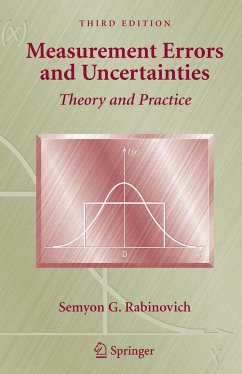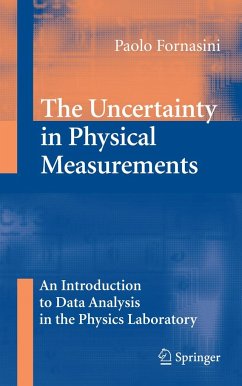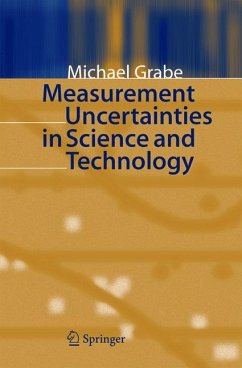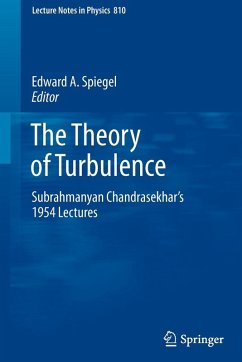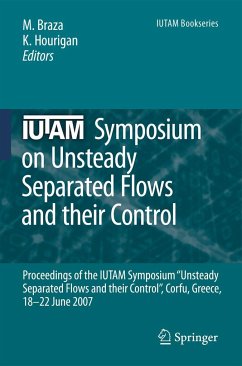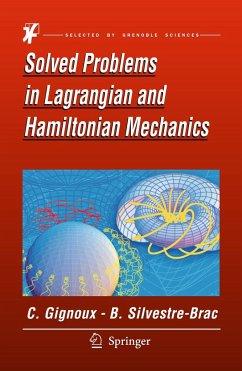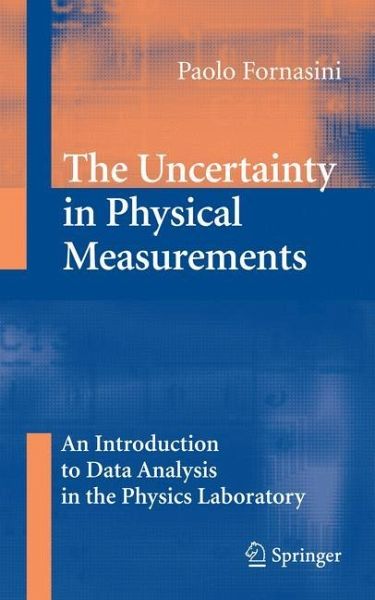
The Uncertainty in Physical Measurements
An Introduction to Data Analysis in the Physics Laboratory
Versandkostenfrei!
Versandfertig in 6-10 Tagen
113,99 €
inkl. MwSt.
Weitere Ausgaben:

PAYBACK Punkte
57 °P sammeln!
The book targets scientists and researchers focused on experimentation in the fields of physics, chemistry and engineering, as well as graduate-level students studying these sciences in an applied way. The central point is the uncertainty in measurements: what are the causes of uncertainty and how do we deal with it? The possible causes of uncertainty are at first phenomenologically explored, leading to understand the necessity of a formal treatment based on probability theory and statistical tools. The basics of probability and statistics are then introduced, in order to support the most relevant data analysis procedures, which are introduced in the last part of the book: uncertainty in indirect measurements, least squares fits, chi square test, confidence intervals.
The pedagogical goal is to introduce the treatment of uncertainty in a phenomenological way, based on examples taken from laboratory experience and distinguishing the different causes of uncertainty (there is more than just random errors and gaussian distributions to consider in laboratory practice). This approach naturally leads to the idea of limiting distributions and the necessity of a probabilistic treatment. Only then is probability theory introduced in a formal way (Part 2) and data analysis procedures are developed on the basis of probability and statistics (Part 3). Examples taken from laboratory experience facilitate the understanding of the concepts of Part 2 and 3. Some heavy demonstrations and some mathematical complements are grouped in one Appendix, to facilitate the smooth reading of the main chapters.
The pedagogical goal is to introduce the treatment of uncertainty in a phenomenological way, based on examples taken from laboratory experience and distinguishing the different causes of uncertainty (there is more than just random errors and gaussian distributions to consider in laboratory practice). This approach naturally leads to the idea of limiting distributions and the necessity of a probabilistic treatment. Only then is probability theory introduced in a formal way (Part 2) and data analysis procedures are developed on the basis of probability and statistics (Part 3). Examples taken from laboratory experience facilitate the understanding of the concepts of Part 2 and 3. Some heavy demonstrations and some mathematical complements are grouped in one Appendix, to facilitate the smooth reading of the main chapters.
The scienti c method is based on the measurement of di erent physical qu- tities and the search for relations between their values. All measured values of physical quantities are, however, a ected by uncertainty. Understanding the origin of uncertainty, evaluating its extent, and suitably taking it into account in data analysis, are fundamental steps for assessing the global accuracy of physical laws and the degree of reliability of their technological applications. The introduction to uncertainty evaluation and data analysis procedures is generally made in laboratory courses for freshmen. During my long-lasting teaching experience, I had the feeling of some sort of gap between the ava- able tutorial textbooks, and the specialized monographs. The present work aims at lling this gap, and has been tested and modi ed through a feedback interaction with my students for several years. I have tried to maintain as much as possible a tutorial approach, that, starting from a phenomenolo- cal introduction, progressively leads to an accurate de nition of uncertainty and to some of the most common procedures of data analysis, facilitating the access to advanced monographs. This book is mainly addressed to - dergraduate students, but can be a useful reference for researchers and for secondary school teachers. The book is divided into three parts and a series of appendices. Part I is devoted to a phenomenological introduction to measurement and uncertainty. In Chap.




